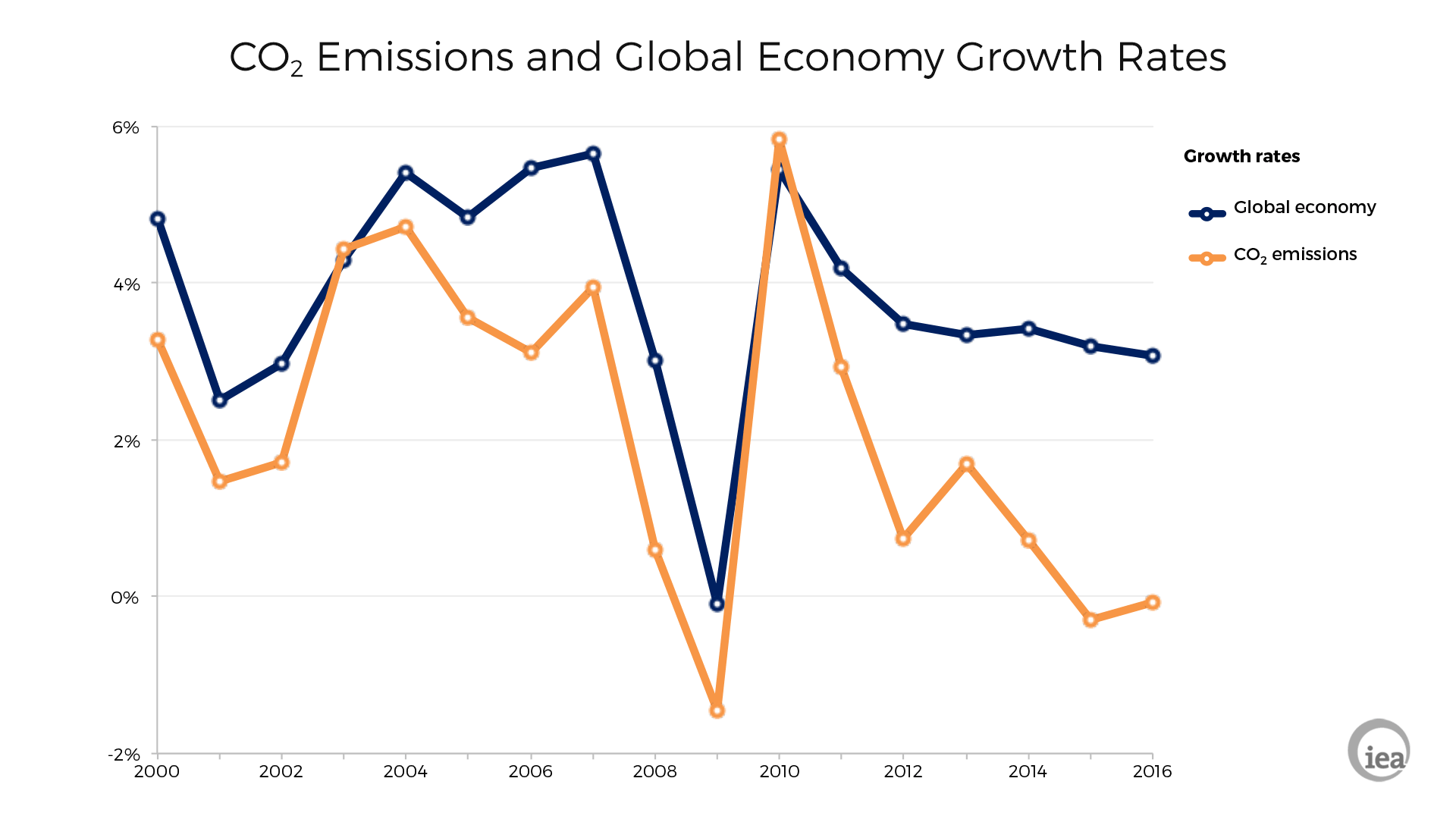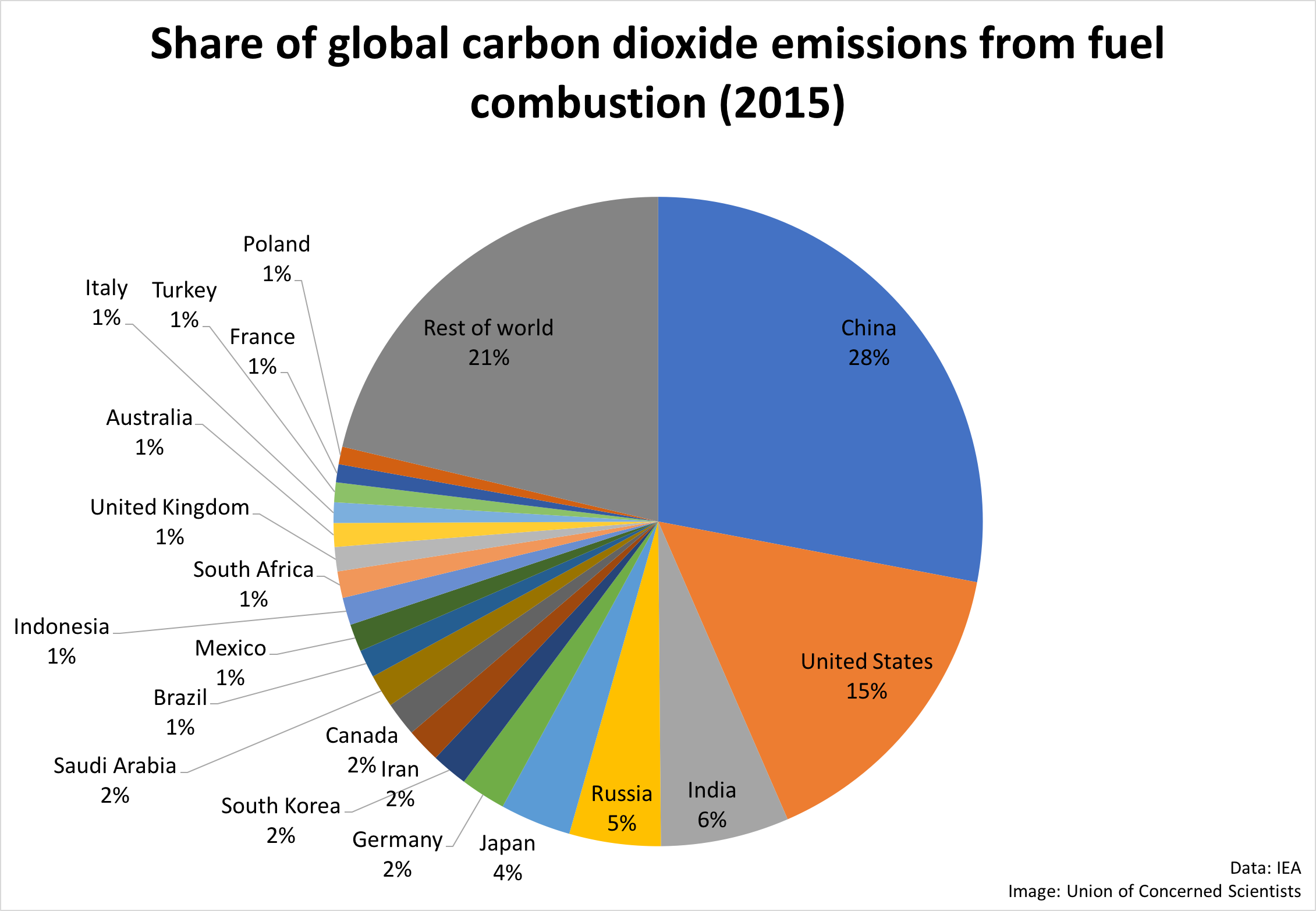Environmental Policy, A Scam To Limiting CO2 Emissions.
Environmental policy may be regarded as measures applied by organizations, companies, government, etc., which aimed to look at controlling the pollution either in connection to human beings or hazards, controlling environmental hazards by having regulations and campaigns. The goal for environmental policy may, therefore, be seen as the reduction of emissions, forest covers, charcoal production, etc. (GEF,2018). It is interesting to know that the idea about environmental policies aimed at protecting the atmosphere date back to antiquity. The first sewers were built in Mohenjo Daro (Indus, or Harappan, civilization) and Rome (former Roman civilization), around 4,500 years ago, and 2,700 years ago, respectively. Ancient Greece’s city-states created laws regulating forest harvesting some 2,300 years ago, and feudal European societies founded hunting preserves by 1000 CE, which restricted game and timber harvesting to royalty, effectively preventing overexploitation.
During the 17th century, the town of Paris developed the first large-scale sewer system in Europe. When the effects of industrialization and urbanization escalated during the late 19th and early 20th centuries and threatened human health, governments introduced additional rules and regulations for urban hygiene, drainage, sanitation, and housing, as well as the first laws dedicated to the conservation of natural landscapes and wildlife (such as the development of Yellowstone National Park as the world’s first national park.) The efforts to protect natural resources and biodiversity have led to wealthy individuals and private foundations Sierra Club, for example, founded in 1892. ( Frederique Krupa,1991)
Why Environmental Policy?
Environmental policy, as the, later said has an aim to help in protecting and conserving the core environmental values toward CO2 emissions and other environmental hazards, but unfortunately, since 2,700 to 4,500 years ago, although we have seen more policies in place, but if we compare the safety of the environment back then to now, there is a thigh gap, which continually confuses environmentalists on where the problem lies. Also, sustainable development fostering economic growth while preserving environmental quality for generations to come has become a leading principle in environmental policymaking since the late 1980s. Environmental policymaking has become the sole domain of government with nature and natural resources seen as economic drivers. Instead, further responsibility was taken for the environment by private industry and non-governmental organizations.

What Happening?
To date, the concept emphasized that individual people and their communities play a crucial role in the effective implementation of policies. The world is becoming so much money focus that, the involvement of people in environmental policy formulation to limit CO2 emissions, will lead to a slow down in some financial advantages deals, and one reason we have seen more environmental hazards than ever is because, during environmental policy process, key stakeholders engagement are skipped or not properly done, and that has caused more harm than good. In Africa, although there is less contribution to the global CO2 emissions, the continent continues to suffer a sickness of lack of preparation. But a variety of standards have been developed over the years that assist policymakers. For example, the “polluter pays principle,” which holds polluters responsible for the costs of environmental damage, and the precautionary rule that conduct is prohibited when it is conceivable that the effects are permanent, are some of the states that have gained a legal foundation in certain countries. (Clark, 2012)
Therefore, these simple guidelines do not work in all cases. For instance, a variety of environmental problems such as globalization warming highlight the importance of treating the Earth as a complex subsystem ecosystem. If polluters are compensated, or all countries immediately follow the precautionary principle, the harm already imposed upon the biosphere would not automatically be reversed, although it will cut down future damage. Environmental policies have shifted from pipeline approaches to prevention and control since the beginning of the 1970s. However, if an adverse impact was inevitable, investments in nature elsewhere could, for example, compensate for this. A third option is also feasible, which develops policies aimed at adapting the living environment to change.
More precisely, in conjunction with measures that emphasize preventing and mitigating measures, criteria have been used that reinforce the ecosystem’s ecological resilience (i.e., the ability of the ecosystem to maintain its standard patterns of nutrient cycling and biomass production). The inhabitants of districts that are vulnerable to floods have moved up and dryer and the former living spaces have been turned into parks that may flood without interfering with the life of the community.

Main Issue
Many policy concerns such as economic growth, renewable energy, and business and individual rights are balanced to environmental protection, for example. Environmental policy debates often include discussions on environmental regulation trade-offs. Environmental policies are becoming increasingly complex, uncertain and unpredictable; key policy issues such as social needs, low education, and poor health are always connected so cannot be tracked effectively when there are climate change events.

Since the second industrial revolution, when we start having an increase in CO2 emissions, due to the factories that were open to double production of goods to meet the international market demand. Countries that are major contributors to CO2 emission, since the second industrial revolution brainstormed on ways manufacturing process can emit minimal CO2 emission, but that is yet to actualize because the world continues to be warmer and the environmental policies formulated late effective implementation plan that will trigger the monitoring of the framework been developed in different countries. It is so confusing to say that with all the money poured in the environment conservation space, we still continue to be of the opinion that climate change is not real.
Looking at one of the major causes toward the warming of the climate, which is CO2 emission from manufacturing companies; and from the way things are going, the Global Environment Facility has said that approximately 1.4 billion people around the world rely on conventional fuel; and they are harmful not only to the environment but also to millions of individuals, particularly women and children, who may die prematurely. The global energy demand in developing countries is projected to rise by more than 50% by 2035 and even faster. All these new consumers need clean and environmentally friendly electricity. Although there are existing environmental policies that outline ways energy can be accessed via renewable ways, there’s still no or few implementations towards these policies and until countries see policies formulation as an inclusive process, the implementation phase will always be a problem and the world will continue to experience natural disaster because every day the ozone layer is opening and the climate is getting warming.

“The first generation of environmental policy made substantial progress. Air pollution, for example, dropped significantly even as the nation’s population, automobile miles driven, and industrial production grew. But what will constitute the next generation of environmental protection? There is no support for declaring victory and deregulating the environment. At the same time, however, the costs economic and political of current environmental policy have risen to the point that the continuation of this regime is unsupportable. How can we maintain the first generation’s commitment to a clean environment, develop new strategies for attacking problems that the first generation left unanswered, and crack the tough economic and political dilemmas that the first wave of environmental regulations left in its wake?” (Kettl, 2020)
Actionable Environmental Policy For The 21 Century
The goal of 21-century environmental policy is to do everything that the current policies expert has not able to do to improve environmental policy but to do it better to resolve problems that stem from the first industrial revolution has been unwilling or unable to fix and establish second-generation environmental policy. A change from inputs including inspections and rules to results most notably performance is essential to the second generation. This aims to reduce costs for all, reduce manufacturing companies’ Co2 emission and improve performance. But even more significant, environmental policy’s second generation focuses on basic and richly complex governance issues: Regulation.-Policy. What should the national environmental policy be? Are the biggest polluters ready for the change in the environment?
In conclusion, the plan for mitigation CO2 emission; should focus on three fundamental pillars to achieve the ambitious target of preventing the bigger polluters of greenhouse gas emissions of at least 1,5 billion tons of CO2:
Show the structural effects on mitigation options.
Through its Impact Programs on Sustainable Cities, Food Systems, Land, and Regeneration & Sustainable Forest Management, and over the years, GEF has pursued comprehensive and inclusive migration efforts. The Sustainable Cities Effect Plan, for instance, focuses on urban initiatives with a significant potential to mitigate climate change to help urban areas transition towards low-emission and stable, integrated urban development.
Support sustainable energy breakthrough in engineering and technology.
Technology is key to reducing or halting the growth and stabilizing greenhouse gas emissions. And through the support from GEF, their support currently operates in four areas: (i) decentralized market-specific renewable energy, (ii) electrical drive and mobility technologies, iii) accelerating implementation of energy efficiency, and (iv) cleantech innovation, respectively.
Encourage requirements for mitigation problems to be incorporated into sustainability approaches.
By supporting the activities enabling including convention obligations and the Capacity Building Initiative for Transparency through sound data, analysis, and policy frameworks, to address the need for conditions for mainstreaming climate change issues into the national plan and development agenda.
References
Global Environment Facility. (2018). Policies and Guidelines. [online] Available at: https://www.thegef.org/documents/policies-guidelines [Accessed 09 Feb. 2020].
Kettl, D. (2018). Environmental Policy: The Next Generation. [online] Brookings. Available at: https://www.brookings.edu/research/environmental-policy-the-next-generation/ [Accessed 10 Feb. 2020].
OECD iLibrary. (2020). Policies in energy and other sectors | READ online. [online] Available at: https://read.oecd-ilibrary.org/environment/climate-change-mitigation/policies-in-energy-and-other-sectors_9789264238787-9-en#page2 [Accessed 13 Feb. 2020].
Global Environment Facility. (2017). Climate Change Mitigation. [online] Available at: https://www.thegef.org/topics/climate-change-mitigation [Accessed 13 Feb. 2020].
Nasa. (2020). Climate Change Adaptation and Mitigation. [online] Climate Change: Vital Signs of the Planet. Available at: https://climate.nasa.gov/solutions/adaptation-mitigation/ [Accessed 14 Feb. 2020].
Slideshare.net. (2019). The challenges in policy formulation, policy analysis and implementat…. [online] Available at: https://www.slideshare.net/mulyanyuma/the-challenges-in-policy-formulation-policy-analysis-and-implementation-in-developing-countries [Accessed 15 Feb. 2020].
Center for Sustainable Systems, University of Michigan. 2019. “Climate Change: Policy and Mitigation Factsheet.” CSS05-20. [Accessed 15 Feb. 2020].
Thomas, D. (2020). Climate Change: Policy and Mitigation Factsheet | Center for Sustainable Systems. [online] Css.umich.edu. Available at: http://css.umich.edu/factsheets/climate-change-policy-and-mitigation-factsheet [Accessed 16 Feb. 2020].
Jain, M. (2018). Climate Change Solutions: Mitigation and Adaptation » Science ABC. [online] Science ABC. Available at: https://www.scienceabc.com/social-science/climate-change-solutions-mitigation-adaptation.html [Accessed 17 Feb. 2020].
Resilience. (n.d.). Blue Carbon: An Effective Climate Mitigation and Drawdown Tool? – Resilience. [online] Available at: https://www.resilience.org/stories/2018-11-28/blue-carbon-an-effective-climate-mitigation-and-drawdown-tool/ [Accessed 3 Mar. 2020].




Leave a Reply